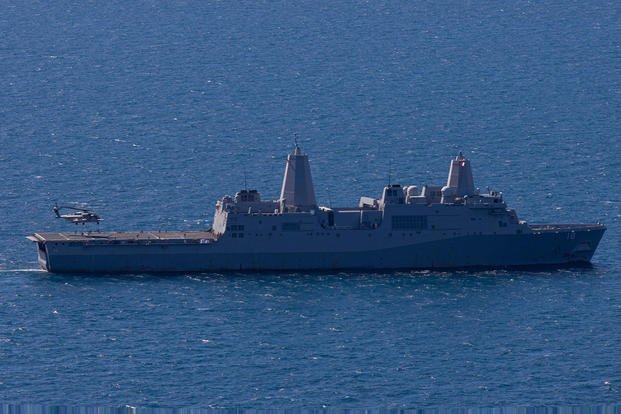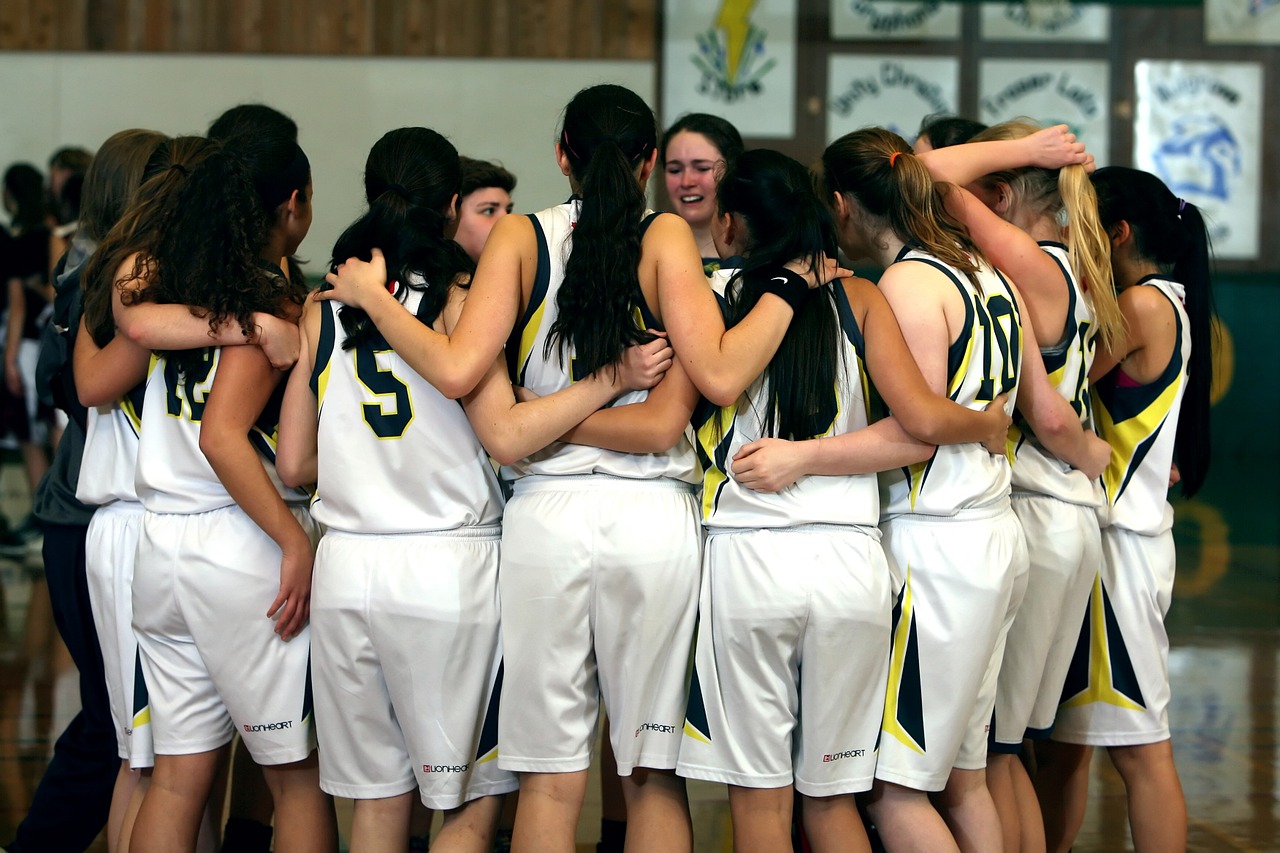Fire Extinguished on USS New Orleans After 12-Hour Battle Off Okinawa

A fire aboard the amphibious transport dock USS New Orleans was declared extinguished after a 12-hour effort on Wednesday night, occurring off the coast of Okinawa, Japan. The U.S. Navy reported that the fire ignited at approximately 16:00 local time while the vessel was anchored near the White Beach Naval Facility.
The crew responded promptly to the emergency, receiving support from sailors aboard the USS San Diego, another San Antonio-class amphibious transport dock stationed at the naval facility. While the crew remained aboard the New Orleans, Navy officials stated that additional services and berthing options were available on the San Diego, as well as at Fleet Activities Okinawa. Two sailors required treatment for minor injuries and were taken to the ship’s medical clinic.
Investigation Underway
The cause of the fire is currently under investigation, as confirmed by officials from the U.S. 7th Fleet. The New Orleans, which was commissioned in 2007 in its namesake city, has a history of operational deployments and notable incidents. In 2009, the ship was involved in a collision with the attack submarine USS Hartford in the Strait of Hormuz, resulting in minor damage. The vessel’s crew also played a crucial role in safely evacuating personnel from an MV-22 Osprey that crashed on its deck during training exercises in 2015.
The last significant fire incident involving a U.S. Navy ship occurred in 2020 on the Wasp-class amphibious assault ship USS Bonhomme Richard. That fire lasted four days, ultimately destroying the vessel. Investigations indicated that arson was suspected, although the sailor charged was acquitted in court. The inquiry revealed failures in adhering to fire protocols, with missing fire hoses and a malfunctioning sprinkler system contributing to the disaster.
Environmental and Safety Concerns
In response to fire safety standards, the Department of Defense and military services are transitioning to less hazardous fire retardants for military installations. The traditional Aqueous Film Forming Foam (AFFF), while effective, contains per- and polyfluorinated chemicals (PFAS) linked to health risks. The U.S. Navy continues to utilize AFFF on ships, where fire hazards are particularly acute.
A report to Congress in 2023 indicated that while new Navy vessels are being designed with alternative fire suppression systems, the use of PFAS-containing foams remains necessary in certain existing ship areas until effective alternatives are developed. The report emphasized the importance of these firefighting agents for maintaining the safety and survivability of naval ships and their crews.
Assistance during the New Orleans fire also came from the Japan Maritime Self-Defense Force and Japan Coast Guard. Local reports featured a Japanese firefighting vessel actively spraying water on the New Orleans’ deck. As of Thursday, the New Orleans remained anchored, with the Japanese tug Reiwa standing by, as noted by the marine traffic application.
The incident underscores ongoing challenges in naval fire safety and the importance of effective emergency response strategies in maintaining operational integrity at sea.






